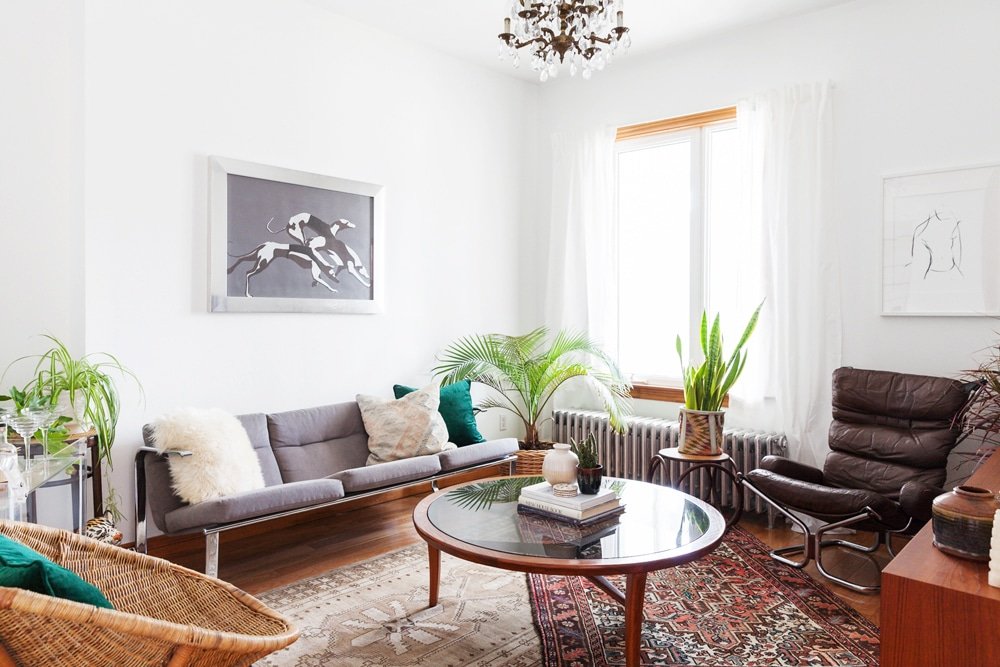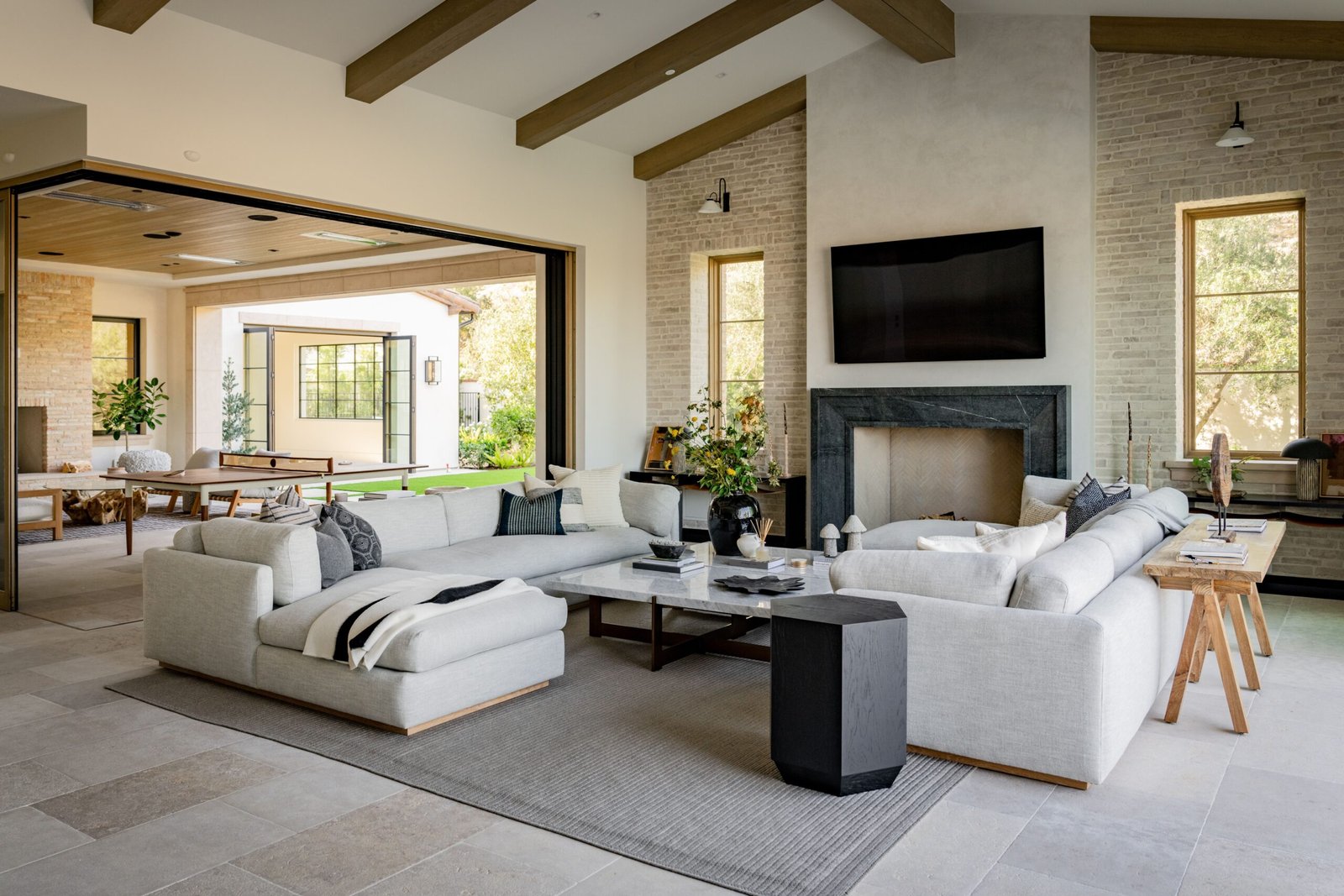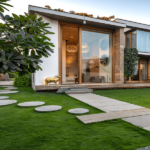Blend Modern and vintage styles in interior design creates a unique aesthetic that combines the charm of the past with the sleekness of contemporary design. This approach not only adds character to a space but also allows for personal expression and creativity. Here, we will explore various strategies to effectively mix these two styles, ensuring a harmonious and visually appealing environment.
Understanding Blend Modern and Vintage Styles

Modern Design typically refers to furniture and decor that is characterized by clean lines, minimalism, and a focus on function. It often employs materials like glass, steel, and synthetic fabrics, with a color palette that leans towards neutral tones accented by bold colors. Key features include:
- Materials: Glass, steel, plastic
- Colors: Neutral palettes with bold accents
- Patterns: Minimalistic and abstract designs
- Furniture: Simple, functional pieces with clean lines
Vintage Design, on the other hand, encompasses items that evoke nostalgia and history, often sourced from previous eras (typically 30 to 100 years old). It is characterized by:
- Materials: Natural materials such as wood, leather, and metal
- Colors: Warm, muted tones and rich earthy hues
- Patterns: Floral, geometric, intricate designs
- Furniture: Ornate pieces often featuring distressed finishes
Key Strategies for Blending Modern and Vintage Design
1. Start with a Neutral Base
Creating a neutral foundation is essential when mixing modern and vintage elements. Neutral colors allow vintage pieces to stand out without overwhelming the space. For instance, using white or beige walls can provide a blank canvas that highlights colorful vintage furniture or decor items.
2. Incorporate Statement Vintage Pieces
Select one or two standout vintage items to serve as focal points in your room. This could be an antique chandelier, a mid-century sofa, or a classic art piece. Position these items against modern backdrops to create contrast and drama. The key is to balance these vintage elements with contemporary surroundings.
3. Mix Textures and Materials

Combining different textures adds depth and interest to your space. Pair polished metal with rustic wood or smooth leather with woven fabrics. For example, a sleek modern lamp can beautifully complement a vintage chair. This interplay of materials enhances the overall aesthetic by creating layers that feel curated.
4. Play with Color Palettes
Using bold colors can make your space pop while highlighting the unique charm of vintage pieces. Rich hues like emerald green or burnt orange can add modern energy to vintage decor. Consistent color schemes across both modern and vintage elements help unify the design.
5. Update Vintage Pieces
Refurbishing vintage items can help them fit seamlessly into modern settings while preserving their charm. Reupholstering an old sofa with contemporary fabric or painting a vintage cabinet in a high-gloss finish are effective ways to bridge the gap between styles.
Practical Tips for Successful Integration
6. Layer Patterns Thoughtfully
When blending styles, don’t shy away from mixing patterns—stripes can co-exist with florals if they share a common color scheme. This layering creates visual intrigue while maintaining harmony within the space.
7. Use Modern Art with Vintage Frames
Incorporating contemporary art pieces framed in vintage frames can create an interesting juxtaposition that ties both styles together. This technique allows for personal expression while retaining an eclectic aesthetic.
8. Consider Scale and Proportion
Ensure that the scale of your furniture is proportionate to the size of your room. Pairing large modern sofas with small vintage side tables can create an unbalanced look; instead, aim for complementary sizes that create visual harmony.
9. Create Zones Within Open Spaces
In open-concept areas, delineate different zones using furniture arrangements or area rugs. For example, place a vintage dining table in one section while maintaining a modern lounge area nearby. This separation allows both styles to coexist without clashing.
Examples of Blending Vintage and Modern Styles

- Modern Corporate Spaces: Incorporate vintage furniture like wooden filing cabinets into sleek office layouts alongside contemporary lighting fixtures.
- Luxury Homes: Blend antique furniture such as Victorian armchairs with contemporary decor like abstract art or geometric rugs.
- Modern Office Spaces: Use vintage maps as wall art in modern settings or pair industrial shelving with vintage bookends for functionality.
Conclusion
Mixing modern and vintage styles in interior design allows for creativity and personal expression while creating spaces that are both functional and aesthetically pleasing. By following these strategies—starting with a neutral base, incorporating statement pieces, mixing textures thoughtfully, playing with color palettes, updating vintage items, layering patterns carefully, using art effectively, considering scale, and creating distinct zones—you can achieve a harmonious blend that reflects your unique style.
This eclectic approach not only enhances the visual appeal of your home but also tells a story through its diverse elements—making each room a reflection of both past influences and contemporary trends.
Also Read : How To Choose Paint Colors For A Perfect Interior Design





